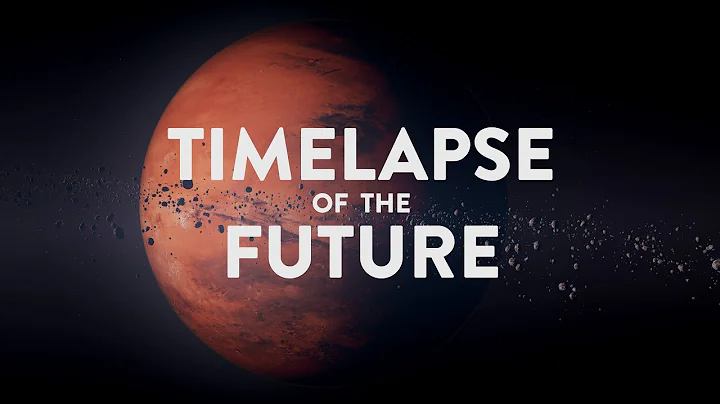

To explore the mysteries of the universe
To explore the universe
The light we see from very distant galaxies was emitted millions of years ago. In the case of the farthest objects we see, the light was emitted 8 billion years ago. issued before. So when we look at the universe, we are looking at its past. ——Hawking's "A Brief History of Time"

Algae ecological chain
Soil planting algae species include 5 algae species, price 500 yuan/500 ml: 1. Provide guidance on cultivation and use; 2. Culture formula; 3. Expand 1 ton of algae Fertilizer nutrient salt; 4. Algae fertilizer product development consulting services; 5. One-time purchase, free algae seed purchase for life. ##Recycled agricultural
video number
chris 5
2021 June 9,

is World Oceanic Day this week. Dyeing the question, or we will How to use up fish. No! I’d rather take the time to highlight some of the cool startups that are digging into our water systems and doing so may save them and our planet.
Perhaps the best place to start is with Saudi Arabia-based Red Sea Farms, which raised $10 million this week. The pitch for Red Sea Farm is very simple: use seawater/salt water to grow crops. The benefits of this technology are obvious: Seawater is abundant, and using it can make areas without much fresh water more agriculturally self-sufficient, and fresh water can be redistributed for human consumption. Red Sea Farms, which already uses the technology to grow and sell tomatoes, said it will use the new funding to build and renovate more than 6 hectares of commercial farms in central and western Saudi Arabia.
In South Korea, Seawith uses not seawater, but something that grows in it. Seawith uses algae to develop cell-based meat. I recently spoke with the company, and they explained that the algae could be used to create serums and scaffolds for cultured meat. Not only is there a lot of algae here, but it also makes for thicker cuts of meat.
Speaking of cultured meat, Finless Foods, a company so far best known for developing cell-based seafood, announced this week that it will be adding a plant-based tuna to its portfolio. The company didn't specify what the new tuna is made from, but that means it will be used as a fish replacement in dishes like poke bowls and spicy tuna wraps. Finless says their new plant-based marlin will be available for restaurants and food service operations by next year. Finless Foods isn't alone in the plant-based seafood space this week. In Hong Kong, omnifoods announced its own line of plant-based seafood, including OmniTuna. If these companies, and other players in the field like Good Catch and New Wave Foods, can successfully recreate fish from plants, perhaps we can prevent overfishing and the depletion of the world's fish stocks so quickly.
Finally, lemna may not grow in the ocean, but this aquatic duckweed could prove to be a new building block for rich plant protein. This past Memorial Day weekend, we excerpted from Larissa Zimberoff's excellent new book, "Technically Food: Inside Silicon Valley's Mission to Change What we Eat." Silicon Valley’s mission: changing what we eat”). You can learn all about lemna and planable in the section provided by Zimberoff, the startup that uses lemna as a food source.
With all this positive activity happening in our waters, hopefully there will be lots of good news to celebrate on World Oceans Day five years from now.








![Unbelievable Cosmic Phenomena Beyond Our Galaxy | Secrets Of The Universe [All Episodes] | Spark - DayDayNews](https://i.ytimg.com/vi/sHEwTKEDVM0/hq720.jpg?sqp=-oaymwEcCNAFEJQDSFXyq4qpAw4IARUAAIhCGAFwAcABBg==&rs=AOn4CLAOHCCVwEK0S3PEAiMgW9rL4mC6YQ)













